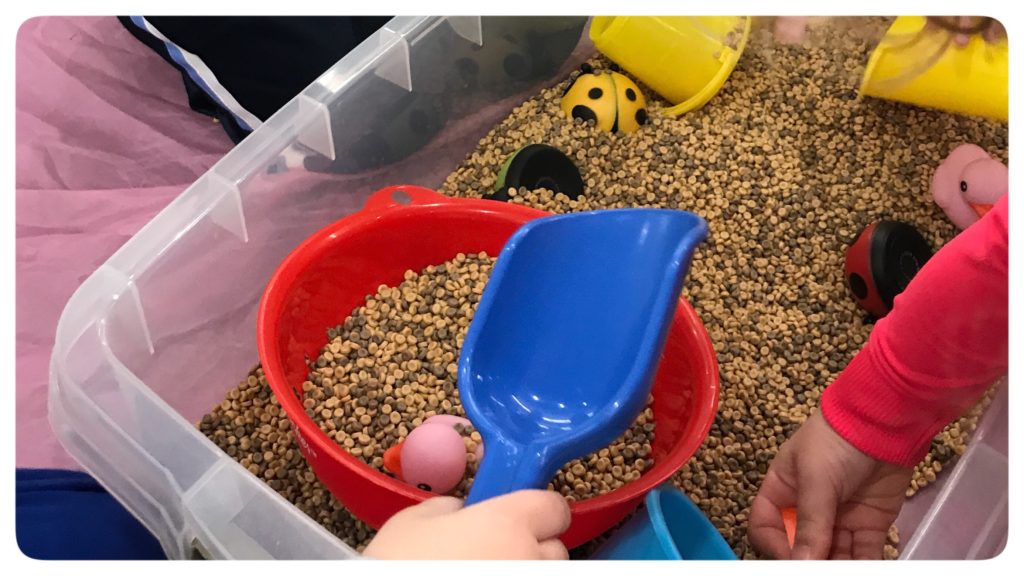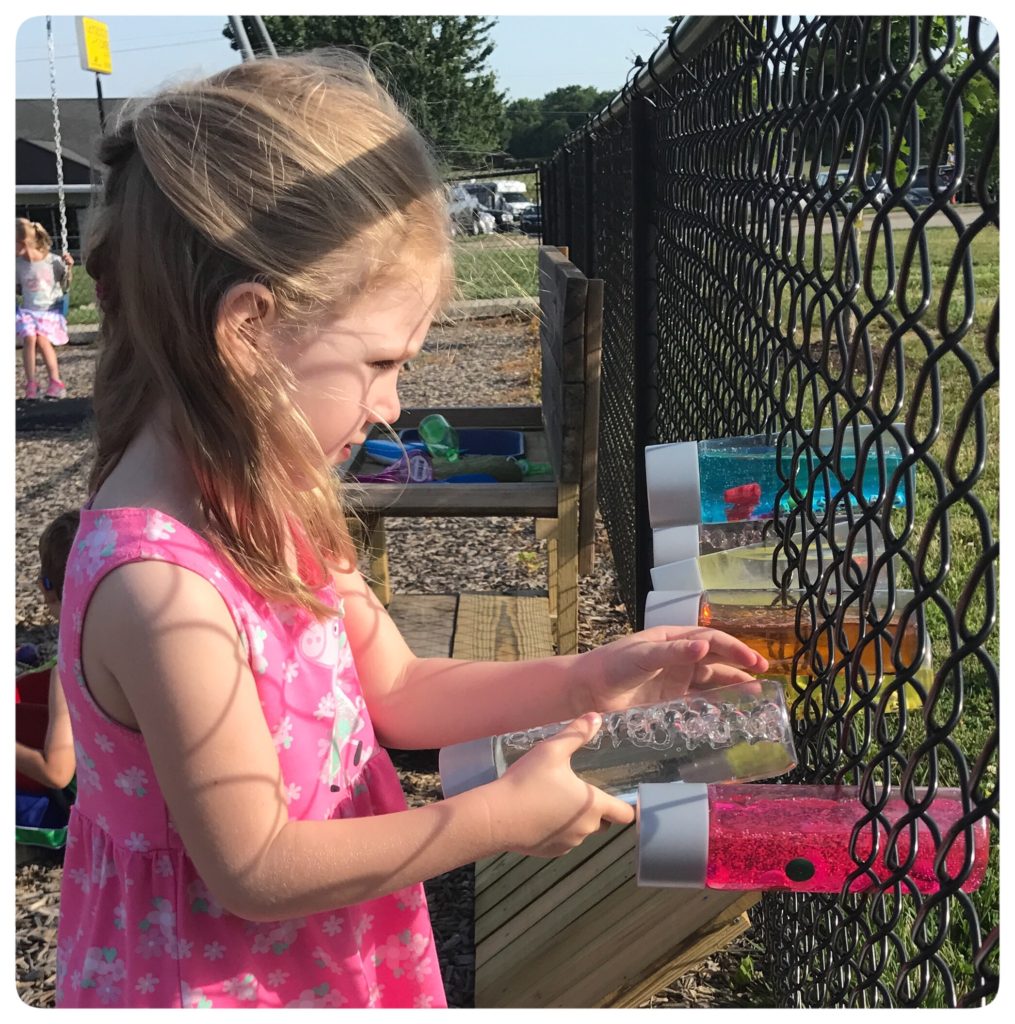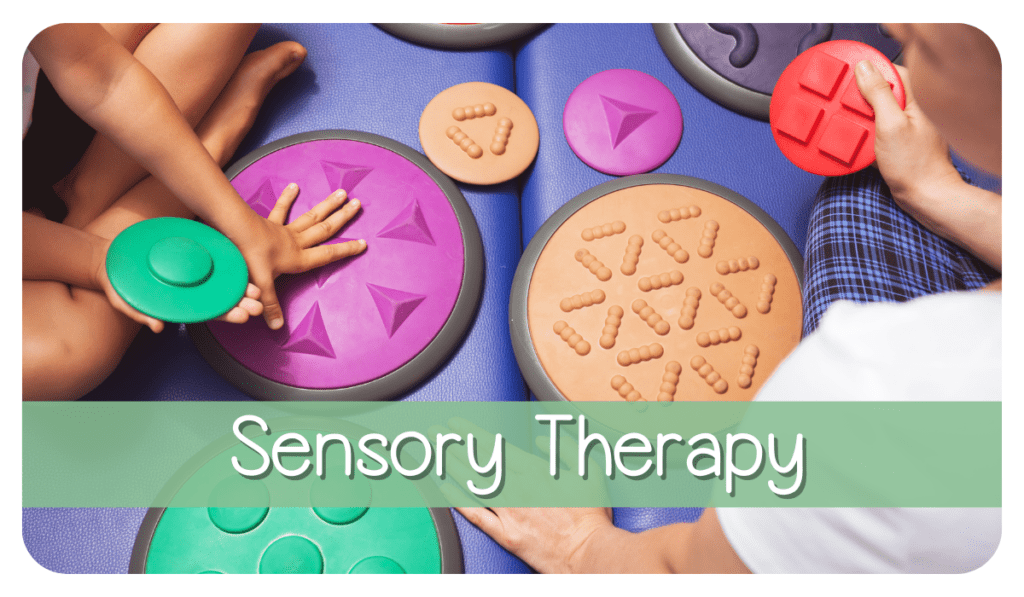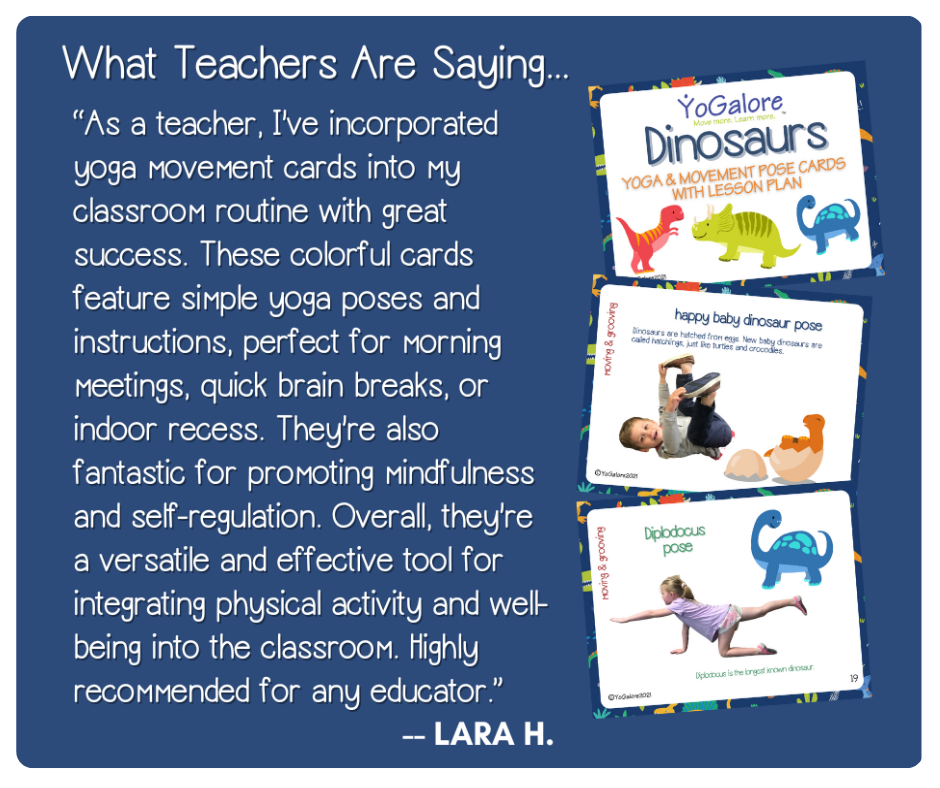Sensory therapy can be an incredibly useful tool in helping compliment your child’s occupational, or even just assisting your child if they have a form of a sensory processing disorder. Children with forms of sensory processing disorder have trouble with sensory input, as the brain doesn’t always interpret messages that their bodies are sending. This in turn means the body responds differently to different forms of stimulation. Sensory Integration Therapy is meant to target and specify select responses in order to adjust children to different stimuli in a more traditional manner.
Usually, there are three different ways to classify sensory processing problems. There are sensory seeking, under responsive, and over responsive. Sensory seeking means the child is in a consistent state of wanting various forms of sensory feedback (usually is in line with body awareness issues), under responsive means that typically, responses to stimuli aren’t adequate, and over responsive is categorized by being incredibly sensitive to stimuli. However, all these problems can be treated with sensory therapy in similar fashions.
 One of the most common ways to utilize this form of therapy is by creating a ‘station’ of sorts with different activities the child can partake in. Set up an area that has a lot of unique items that your child can engage in. Get things like bean bag chairs for them to sit in because they are more engaging when it comes to senses, especially the sense of touch.
One of the most common ways to utilize this form of therapy is by creating a ‘station’ of sorts with different activities the child can partake in. Set up an area that has a lot of unique items that your child can engage in. Get things like bean bag chairs for them to sit in because they are more engaging when it comes to senses, especially the sense of touch.
Next, gather lots of different objects with different consistencies and textures, things that all feel very distinct, and have your child interact with them. This helps them differentiate multiple types of objects from one another by becoming acquainted with them. Also use things like tubs or containers filled with things like dried beans, as it kinesthetically engages children more easily, and makes the therapy more effective.

Other than touching things, another recommended activity is using sound, usually by having headphones that play soothing music. It does for the ears, what the textures do for their hands. Also, while doing all of this, its additionally recommended that you brush your child, usually with a surgical brush, it helps develop tactile defenses in different kids — do NOT do the brushing technique without consulting an OT. There is a special technique to the brushing and it needs to be implemented correctly with the guidance of an OT. If brushing isn’t recommended, simply brushing hair is also helpful since it offers some unique forms of stimuli.
If your child is already diagnosed with sensory issues or is in occupational therapy, talk to your OT and see what different things you can do in the world of sensory therapy, as it proves to be immensely helpful for children who struggle with SPD.






3 Responses